Flexible monetary policy
At the question and answer session before the National Assembly on June 19, Governor of the State Bank Nguyen Thi Hong affirmed that in the context of an open and volatile economy , the State Bank always operates a flexible monetary policy, closely following reality, using appropriate tools to control inflation, stabilize the macro economy and maintain the monetary and foreign exchange market.
According to financial analysts, the State Bank’s recent move to reissue treasury bills is one of the flexible management measures to reduce pressure on exchange rates, contributing to stabilizing the foreign exchange market in the short term. Issuing treasury bills not only helps to temporarily withdraw money from the market, but also sends a signal of the State Bank’s caution in the face of macroeconomic fluctuations.
The reopening of the treasury bill issuance channel shows the State Bank's intention to reduce liquidity in the banking system in the context of the high VND/USD exchange rate. Specifically, in the session on June 24, the central exchange rate was listed by the State Bank at 25,058 VND/USD - the highest level since 2016. On June 25 and June 26, the central exchange rate was adjusted down to 25,053 VND/USD.
To reduce the lending interest rate and stimulate credit demand, the State Bank has asked banks to save costs. Associate Professor, Dr. Tran Hung Son, Director of the Institute for Banking Technology Development Research (University of Economics and Law, Ho Chi Minh City National University) said that the deposit and lending interest rates have been adjusted down by banks. However, in the long term, interest rates will follow the supply and demand of capital in the market.
According to Associate Professor Dr. Son, it is necessary to balance the issue of interest rates and exchange rates, especially when the US Federal Reserve (Fed)'s interest rate cut roadmap slows down. Although the USD health assessment index is currently maintained below the threshold of 100 points, the exchange rate pressure in the second half of the year is still an issue of concern for the market. The USD-Index has decreased by more than 10% compared to the beginning of the year, only 97.5 points as of June 26, while the USD/VND exchange rate has increased by 2.7%.
Difficult to maintain low interest rate environment
Ms. Bui Thi Thao Ly, Director of Research Department of Shinhan Securities Vietnam (SSV), said that inflation and rising exchange rates make it difficult to maintain a low interest rate environment. The exchange rate is currently under a lot of pressure as the domestic USD price increases, despite the USD Index falling more than 10% since the beginning of the year. The pressure on the exchange rate mainly comes from the strong seasonal increase in USD demand at the end of the year (usually in the third and fourth quarters of each year).
Before the new tariff policies were expected to take effect, import and export activities recorded a sudden increase. In the first 5 months of the year, exports increased by 14%, while imports increased by 17%, causing the trade balance to shift to a deficit. This development led to a sharp increase in demand for USD reserves from businesses, contributing to the explanation for the domestic exchange rate moving in the opposite direction to the world .
In addition, the US has entered the war in Iran, raising concerns about the Israel-Iran conflict, pushing oil prices up sharply, causing inflation to escalate. The CPI index in the first 5 months of the year has remained low, mainly due to the decline in oil prices. Therefore, if the exchange rate and inflation increase sharply, it will be difficult to maintain the expansionary monetary and fiscal policies and the current low interest rate environment.
Analysts say that with the pressure on exchange rates if the Fed does not raise interest rates, Vietnam will also face difficulties in its efforts to maintain low interest rates to support growth. The operating interest rate will be kept at the current 4% level by the banking regulator.
UOB forecasts that VND will continue to fluctuate in a weak range within the trading range with USD until the end of Q3/2025. However, from Q4/2025 onwards, VND may begin to regain momentum, in line with the general improvement trend of Asian currencies as trade uncertainty gradually eases. The VND/USD exchange rate will be at 26,300 VND/USD in Q3/2025, 26,100 VND/USD in Q4/2025, 25,900 VND/USD in Q1/2026 and 25,700 VND/USD in Q2/2026.
Source: https://baodautu.vn/can-bang-bai-toan-ty-gia-va-lai-suat-d318846.html


![[Photo] Lam Dong: Panoramic view of Lien Khuong waterfall rolling like never before](/_next/image?url=https%3A%2F%2Fvphoto.vietnam.vn%2Fthumb%2F1200x675%2Fvietnam%2Fresource%2FIMAGE%2F2025%2F11%2F20%2F1763633331783_lk7-jpg.webp&w=3840&q=75)
![[Photo] President Luong Cuong receives President of the Senate of the Czech Republic Milos Vystrcil](/_next/image?url=https%3A%2F%2Fvphoto.vietnam.vn%2Fthumb%2F1200x675%2Fvietnam%2Fresource%2FIMAGE%2F2025%2F11%2F20%2F1763629737266_ndo_br_1-jpg.webp&w=3840&q=75)
![[Photo] National Assembly Chairman Tran Thanh Man holds talks with South Korean National Assembly Chairman Woo Won Shik](/_next/image?url=https%3A%2F%2Fvphoto.vietnam.vn%2Fthumb%2F1200x675%2Fvietnam%2Fresource%2FIMAGE%2F2025%2F11%2F20%2F1763629724919_hq-5175-jpg.webp&w=3840&q=75)



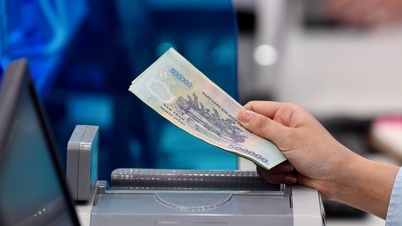

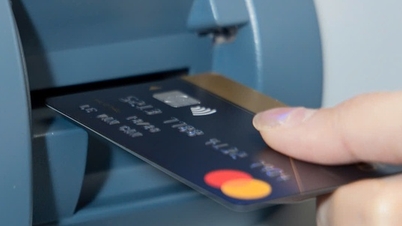





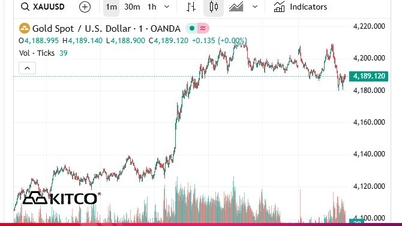

![[Infographic] Cross-exchange rates to determine taxable value from November 13-19](https://vphoto.vietnam.vn/thumb/402x226/vietnam/resource/IMAGE/2025/11/13/1762998368820_screen-shot-2025-11-13-at-08365320251113083702.png)
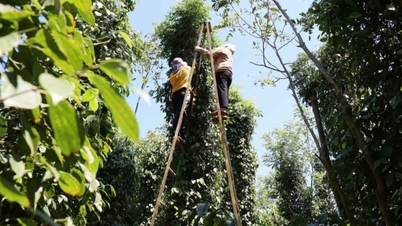




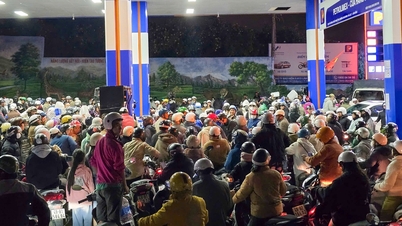


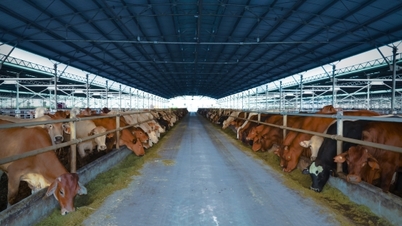








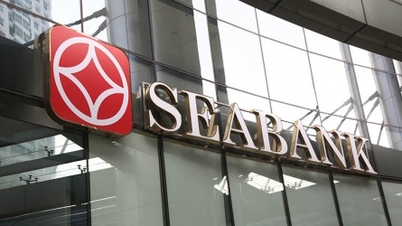
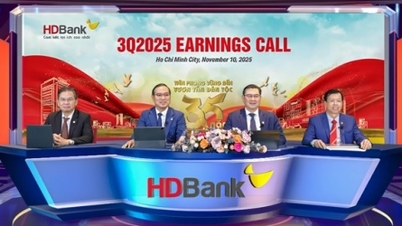




































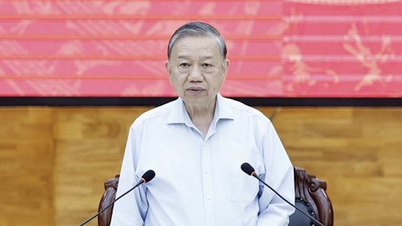

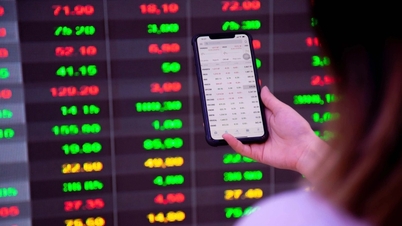

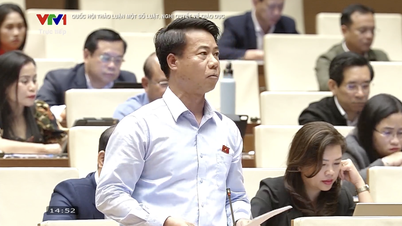












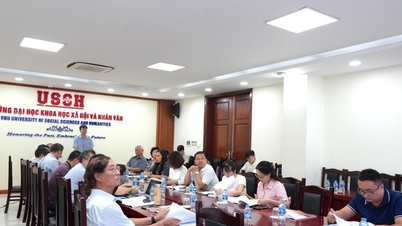



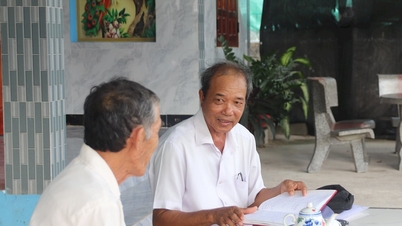

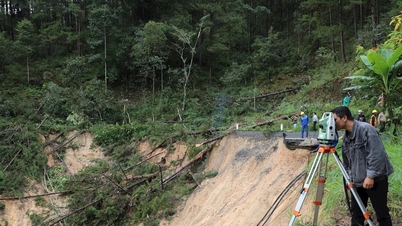










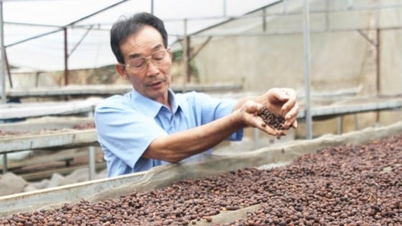





Comment (0)